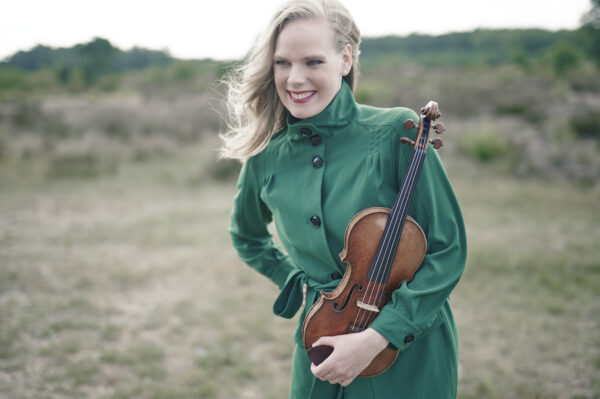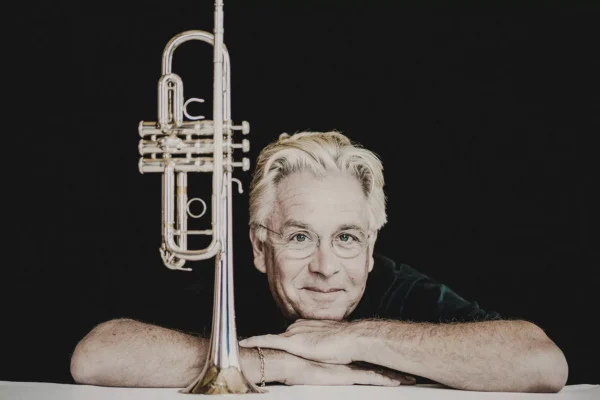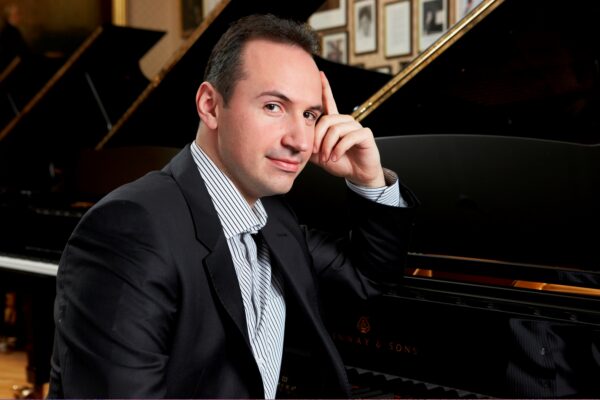Chamber Music
September’s chamber concert will be headlined by acclaimed Romanian pianist Alexandra Dariescu, who will also appear as soloist in the Orchestra’s season-opening concert the previous evening. The programme presents a diverse selection of solo and chamber music, ranging from Johann Sebastian Bach and Clara Schumann to James Lee III and Missy Mazzoli. Audiences will also have the rare opportunity to hear works by lesser-known composers such as Emmy Schäfer Klein and Leokadiya Kashperova. The ERSO Chamber Ensemble will be joined by a chamber arrangement of Wolfgang Amadus Mozart’s well-known Rondo in D major for piano and orchestra. Additional featured composers include Amy Beach, Florence Price, and Nadia Boulanger.
ERSO musicians will take the stage at MUBA with violinist Simone Lamsma before heading on tour to Southern Europe. The concert features a unique nonet by German composer Louis Spohr, bringing together strings and winds—violin, viola, cello, double bass, flute, oboe, clarinet, French horn, and bassoon. The work, the first of its kind, was commissioned by Viennese industrialist and devoted music patron Johann von Tost, who had once played violin in Haydn’s court orchestra and deeply admired Spohr’s talent.
Trumpet virtuoso Håkan Hardenberger, one of the world’s foremost performers on his instrument for nearly four decades, also joins the programme. Renowned for his collaborations with top orchestras and his role in expanding the trumpet repertoire, Hardenberger frequently performs with pianists Roland Pöntinen and Colin Currie. The concert also includes a performance of Eino Tamberg’s Sonata for the same ensemble.
Macedonian pianist Simon Trpčeski will perform Johannes Brahms‘ Piano Quartet in C minor together with musicians from the Estonian National Symphony Orchestra. This emotionally charged piece reflects a turbulent period in the composer’s life. Brahms began writing the quartet during the final days of Robert Schumann’s life, torn by concern for his friend’s illness and his love for Schumann’s wife. Nearly 20 years later, Brahms returned to the work and thoroughly revised it. The piano plays a central role in the quartet, at times leading and at other times supporting the string instruments.
- 13.12.25 at 18:00 - MUBA suur saal
- 14.02.26 at 18:00 - MUBA suur saal
- 21.03.26 at 18:00 - MUBA suur saal

 EST
EST "
"  "
"  "
"